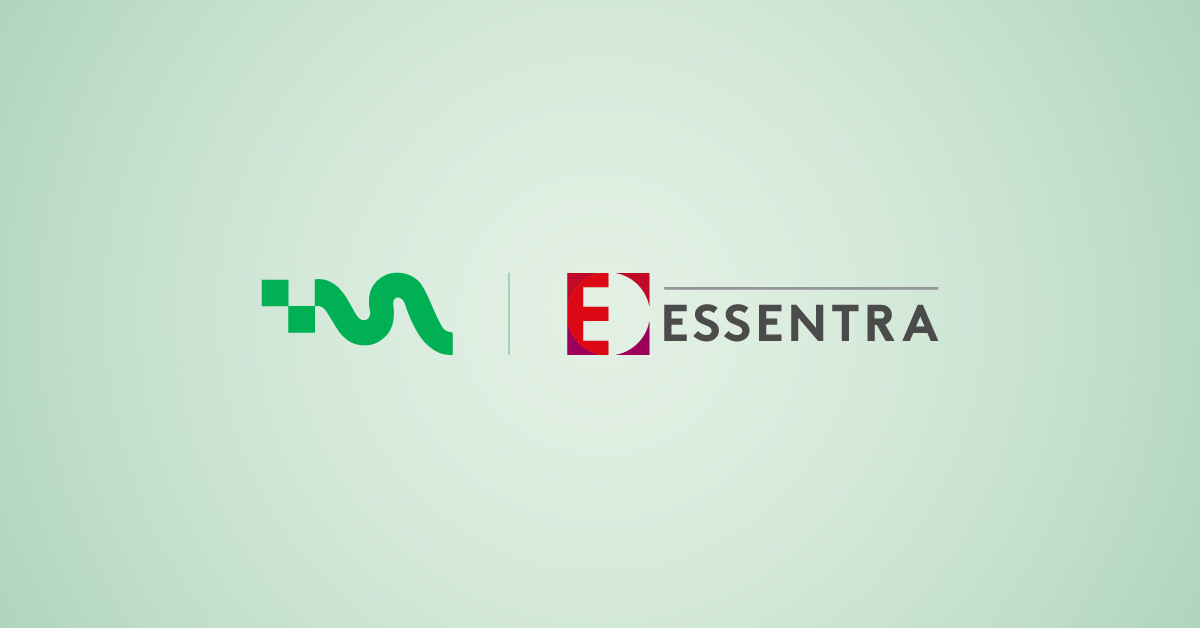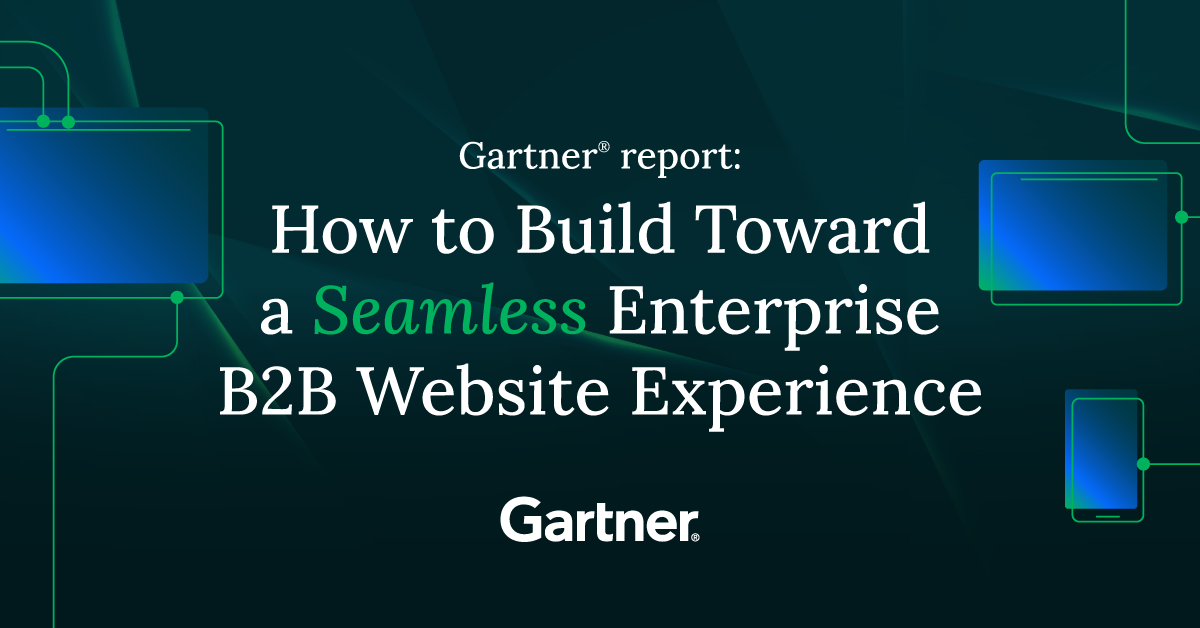- Jul 2, 2025
- --
Multi experience creation — From legacy to modern
Experience Magnolia in action
Experience Magnolia's key features firsthand in an interactive product tour.
Take a tour nowKey insights
- Essentra, a leading global manufacturing company, successfully replaced its slow, legacy system with a modern, modular digital experience platform.
- The primary challenge was serving two distinct audiences with entirely different buying patterns—high-volume B2B suppliers and low-volume B2C researchers—on a single global platform.
- Magnolia CMS was selected as the core framework due to its flexibility, cloud-native foundation, and integration capabilities with multiple third party vendor technologies.
- By using Magnolia CMS, Essentra addressed a persistent core problem—the delayed rollout of new websites—and significantly cut the time-to-market for these sites to just two months.
Digital transformation initiatives vary in speed from industry to industry. The manufacturing industry in particular experienced a slower initial adoption, primarily due to major hurdles such as deeply integrated legacy systems and the extended operational lifespan of existing machinery.
Former Chief Architect of a leading global provider of essential components and solutions shared the company’s digital transformation journey with Magnolia. Essentra replaced a combination of legacy technologies with a modular digital experience platform (DXP).
According to Forrester, “Digital transformation means applying the right technologies to create or update internal processes or customer experiences that rise to the changing business demands and new customer requirements”.
Learn more about how Essentra achieved this transition, explore their key requirements and discover the reasons behind selecting Magnolia CMS as their solution.
What is Essentra?
Essentra, a global manufacturing company based out of Milton Keynes in the UK, is divided into three segments: Components, Packaging and Filters. Former Chief Architect, Basheer Shahul described some elements of the Components Product Range, which included millions of small parts manufactured daily, such as caps and plugs, cable ties and clips and more.
Digital transformation was a goal of the Components sector, but previous attempts at launching an eCommerce section on their website had failed.
Essentra Components manufactures a wide variety of products, which are then sold to two types of customers. Their typical end-consumer, Shahul explained, are large suppliers who would place bulk orders. These customers rely on a digital catalog which would help them make decisions about which products would best fit their needs.
The other type of consumer comes in the form of small business researchers who would find them from search engines.
These researchers, Shahul explains, may simply be looking for parts for prototypes and the likelihood is that after prototyping, they would create a bill of materials for a more substantial order later.
This challenge of serving distinct user journeys on the same platform is a core component of what is multiexperience—a strategy focused on delivering a consistent, yet tailored, digital experience across all relevant touchpoints.
Key requirements and constraints
Essentra’s requirements for their digital experience platform centered around creating a “hassle-free” experience for their customers, and it needed to be delivered through a single global platform.
Customers needed to be able to find the products on the site quickly with easy search capabilities and then have a seamless checkout experience.
Given Essentra’s multinational role, the platform needed to support multiple regions and languages. They needed to be able to optimize products and other information on the site for search engines and get a platform that would allow them to roll out a templated approach across their divisions, rather than have to create multiple versions.
Not to mention, they needed to overcome the challenge of catering to B2B and B2C customers at the same time.
From disjointed to seamless customer experiences.
A beginner’s guide to Digital Experience Platforms.
Technology and architecture requirements
While much of the world focuses on the mobile experience, through customer research, Essentra discovered that their audience preferred to use desktops and tablets for browsing since they would be looking at things like CAD drawings.
The platform needed to integrate with the frequently changing tools in the MarTech landscape and the backend enterprise systems already in use such as ERP and PIM.
One of the challenges of the manufacturing industry, Shahul pointed out, is that legacy integrations had to be linked to the on-prem services for manufacturers, meaning that everything couldn’t be deployed in the cloud.
This is a common hurdle in manufacturing, where critical production systems are deeply embedded and cannot be easily replaced, demanding a DXP that can bridge on-prem and cloud environments.
User interface design considerations
Previously, Essentra’s time to market for a new website happened over a long period of months, meaning that by the time it was delivered it would be out of date. This wouldn’t suffice in today’s digital world where change is the new constant.
Also, they had to choose between three approaches for their platform. While a suite approach would provide everything they needed at the time, it wouldn’t allow them to remove or add new pieces of software as they wanted.
On the other hand, building a custom solution would be too time-consuming, given what was already on the market. In the end, a hybrid approach would turn out to be the best option.
Essentra required scalability to be able to expand their global sites and any other sites for brands they attained through merger & acquisitions.
Also, by choosing a software solution based on modern technology, they would avoid the drawbacks of having to locate skill sets to work with niche software.
Magnolia: The chosen solution
The solution chosen for their needs would rely on best of breed components rather than a standard suite. Magnolia provided a framework that would allow multiple vendor technologies to exist and integrate. It would also give them flexibility to change their minds as they learned and adapted to new technologies.
Basheer explained that they wanted the platform to be deployed in the cloud and with modern technology such as microservices and containerization which would enable them to scale as necessary.
The modular architecture also meant that the development team would be able to spend their time on integrations rather than coding.
With Magnolia, they were able to get the right balance, including getting a Docker-based version of Magnolia up and running within two days.
Magnolia’s flexibility also allowed them to create their website using components from multiple sources and piece them together within the CMS. This component-based approach is key for adaptability, allowing teams to focus on high-value integration work rather than monolithic page builds.
According to Shahul, Essentra is now able to spin up new websites for sub-categories in two months or less, and they’ve created a framework that would allow them to do the same thing in 2021 and beyond.
Learn more about Essentra’s journey from a monolithic enterprise software platform to a modular CMS and how the migration to Magnolia provided flexibility and customized digital experiences.










